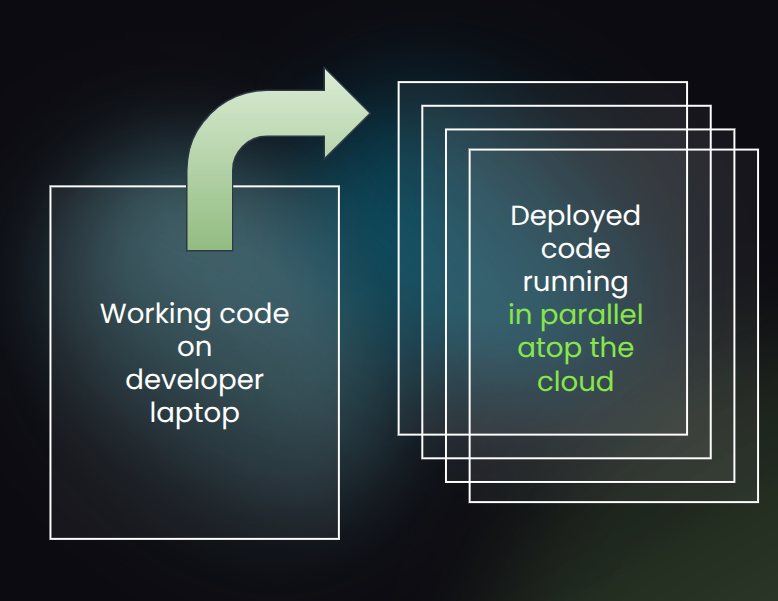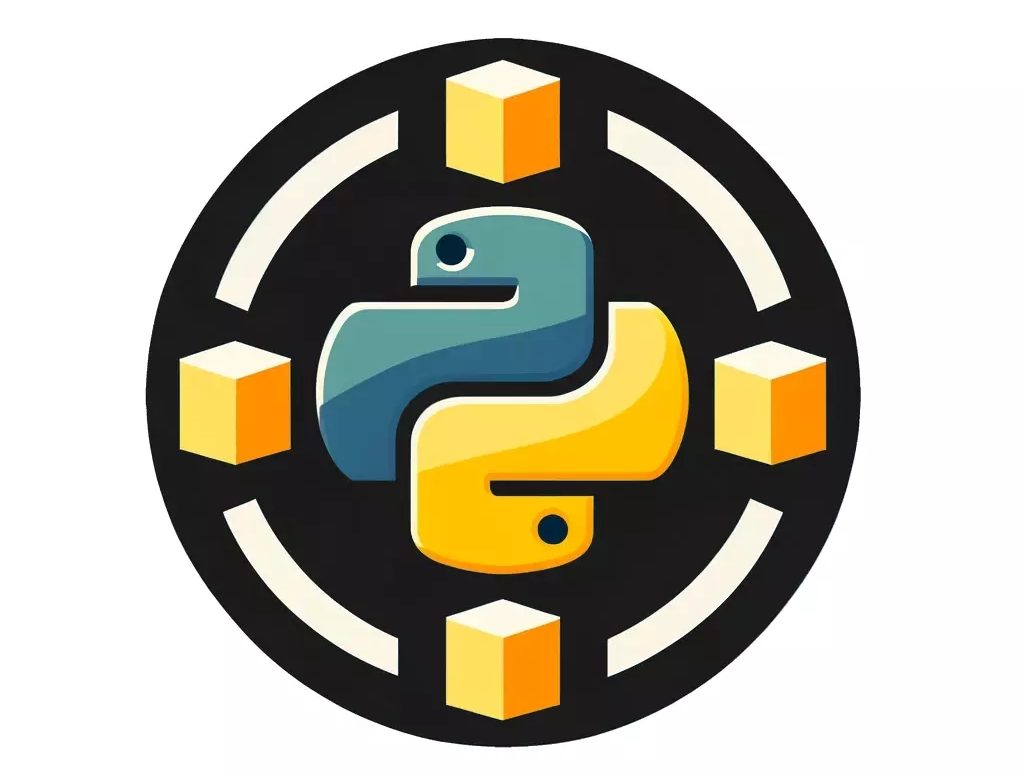Background: This is a post I put together as part of an annual ritual I started in 2023, documented in 2024, and continued in 2025: the smartphone app audit. This is where I use a phone upgrade or phone data migration as a moment to reflect on what apps I have installed on my phone and how I use them — to try to do better the next year. Since 2023, I’ve also been using AI/LLM models as a way of auto-categorizing my apps from screenshots to identify the time-suckers, a procedure I document below.
This year’s audit happened to come near the end of the year, so the post has a feeling of a New Year’s Resolution. In particular: I’m doing a good job of staying away from mindless scrolling in the shape of short-form video content (e.g. TikTok and its various clones), but I’m doing a less-good job of staying away from “mindless listening” — that is, I’m letting podcasts, and similar “background audio content” slip into all the empty/quiet moments of my day, and I’m not liking that change.
I’m now considering whether to uninstall ALL audio apps from my smartphone — altogether. Last year, I deleted Pocketcasts from my phone for this reason. This year, I deleted Spotify, as I discovered I had inadvertently let it take on the role Pocketcasts did — that is, putting podcasts in my ear as background noise nearly every day. Maybe it’s time to retire the earbuds for awhile.
The post also mentions a new tool I’ve been using for a few months, ScreenZen, which I heartily recommend. I only use it on Android (Google Pixel 10 Pro) but supposedly it works just as well on iPhone. Introduces a little friction into my least favorite (but most addictive) apps to let me be more mindful about not using them too much. This has been handy to limit my usage of Instagram, Reddit, YouTube, and various premium news websites — that is, use cases that are valuable to me, but only in small doses.
In 2024, I wrote about my smartphone app audit. I did it again this year, this time upgrading from the Pixel 8 to the Pixel 10 Pro.
Last year, I used a new phone as a chance to ask myself, what apps do I have installed, and why?

In particular, my goal was to remove the apps from my life that are time wasters and pure distractions.
Continue reading My 2025 app audit: less mindless scrolling, but more mindless listening










